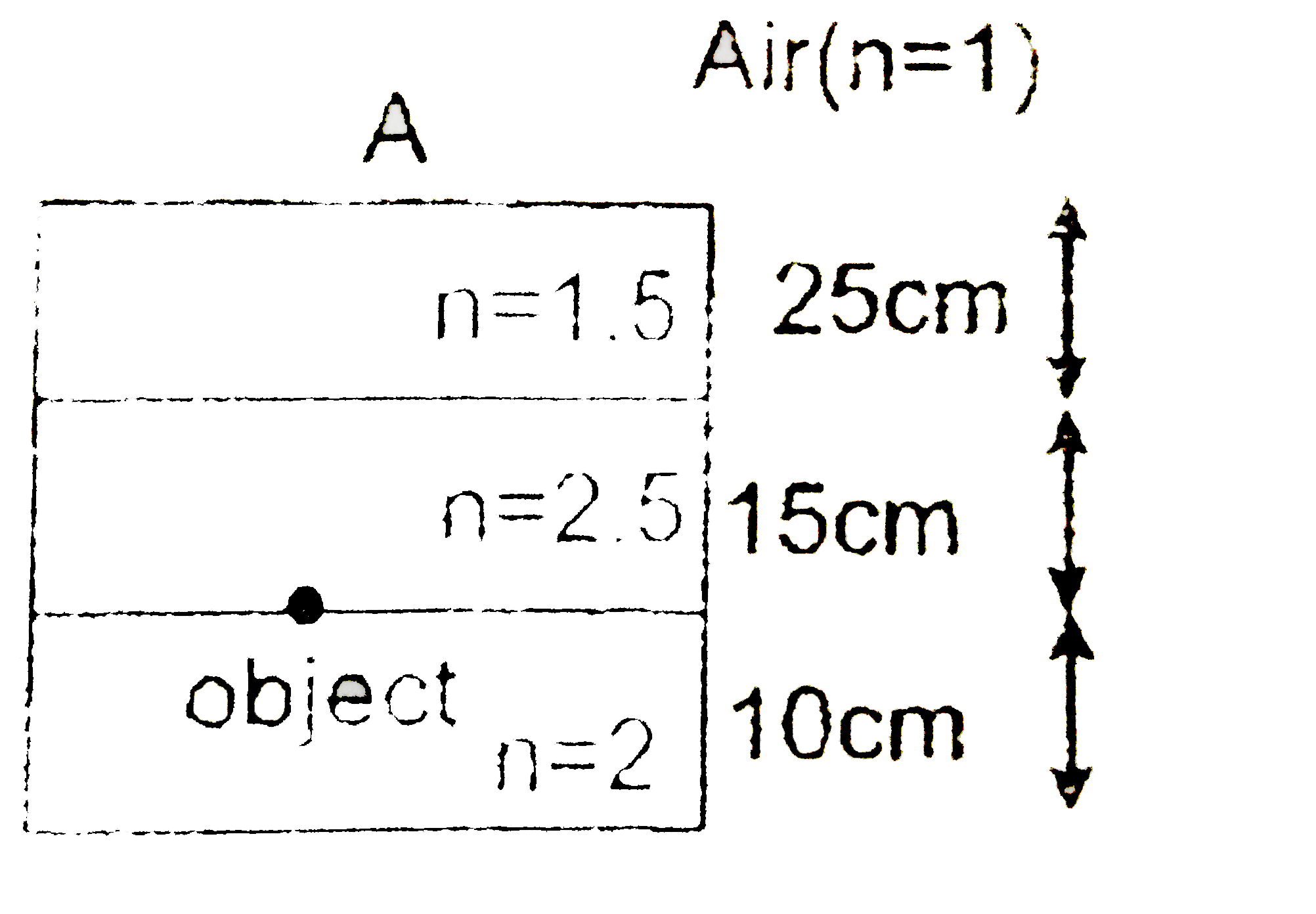Transparent object and translucent object
Step-by-Step Text Solution:
1. Definition of Transparent Objects:
- Transparent objects are materials that allow almost all light to pass through them without significant scattering. This means that when light hits a transparent object, it can travel straight through, and you can see clearly through the object.
2. Examples of Transparent Objects:
- Common examples of transparent objects include:
- Air: The medium we breathe, which allows light to pass through without obstruction.
- Glass: Used in windows and lenses, glass allows light to pass through clearly.
- Water: When you look through water, you can see objects clearly beneath the surface.
3. Definition of Translucent Objects:
- Translucent objects are materials that allow some light to pass through, but not enough for clear visibility. This means that while light can pass through, it gets scattered, and objects on the other side cannot be seen clearly.
4. Examples of Translucent Objects:
- Common examples of translucent objects include:
- Wax Paper: It allows light to pass through but blurs the image of objects behind it.
- Sunglasses: They reduce the amount of light that passes through, protecting the eyes while still allowing some visibility.
- Frosted Glass: This type of glass allows light to enter but scatters it, making it difficult to see through clearly.
5. Summary of Differences:
- The key difference between transparent and translucent objects is the amount of light they allow to pass through and the clarity of the image seen through them. Transparent objects allow clear visibility, while translucent objects do not.
- Transparent objects are materials that allow almost all light to pass through them without significant scattering. This means that when light hits a transparent object, it can travel straight through, and you can see clearly through the object.
- Common examples of transparent objects include:
- Air: The medium we breathe, which allows light to pass through without obstruction.
- Glass: Used in windows and lenses, glass allows light to pass through clearly.
- Water: When you look through water, you can see objects clearly beneath the surface.
- Translucent objects are materials that allow some light to pass through, but not enough for clear visibility. This means that while light can pass through, it gets scattered, and objects on the other side cannot be seen clearly.
- Common examples of translucent objects include:
- Wax Paper: It allows light to pass through but blurs the image of objects behind it.
- Sunglasses: They reduce the amount of light that passes through, protecting the eyes while still allowing some visibility.
- Frosted Glass: This type of glass allows light to enter but scatters it, making it difficult to see through clearly.
- The key difference between transparent and translucent objects is the amount of light they allow to pass through and the clarity of the image seen through them. Transparent objects allow clear visibility, while translucent objects do not.
Topper's Solved these Questions
- LIGHTBOOK - ICSECHAPTER - LIGHTEXERCISE - Exercises (Section II) Short answer questions,
4 Videos
- LIGHTBOOK - ICSECHAPTER - LIGHTEXERCISE - Exercises (Section II) Long answer questions,
3 Videos
- LIGHTBOOK - ICSECHAPTER - LIGHTEXERCISE - Exercises (Section II) Give reasons for the following.
3 Videos
- FORCEBOOK - ICSECHAPTER - FORCEEXERCISE - Picture Based Questions
2 Videos
- MAGNETISMBOOK - ICSECHAPTER - MAGNETISMEXERCISE - Picture Based Questions
12 Videos
Similar Questions
An object may have
View SolutionAn object may have
View SolutionThe inertia of an object tends to cause the object
View SolutionAn illuminated object
View SolutionFind the apparent depth of object of the object seen by observe A (in the figure shown)

View SolutionA point object O is placed in fornt of a transparent slab at a distance x from its surface. It is seenfrom the other side of he slab by light incident nearlyl normally to the slab. The thickness of the slab is t and its refractive index is μ. Show that the apparent shift in the position of the object is independent of x and find its value.
View SolutionA luminous object
View SolutionAn object of mass m is moving with a constant velocity υ How much work should be done on the object in order to bring the object to rest ?
View SolutionA point object is placed on the axis in front of a convex lens of focal length 30 cm. The distance of the object from the lens is 45 cm. If the lens is moved away from object by 1 mm and also the object is moved apart from the line joining the object and optical centre by 1 mm the displacement of the image has magnitude-
View SolutionA concave mirror forms a real image three times larger than the object on a screen. The object and screen are moved until the image becomes twice the size of the object. If the shift of the object is 6cm, find the shift of screen.
View Solution
